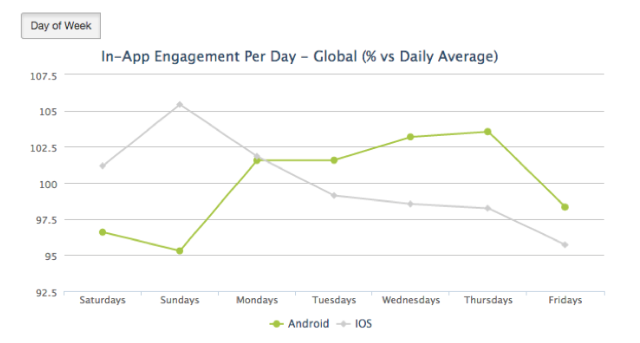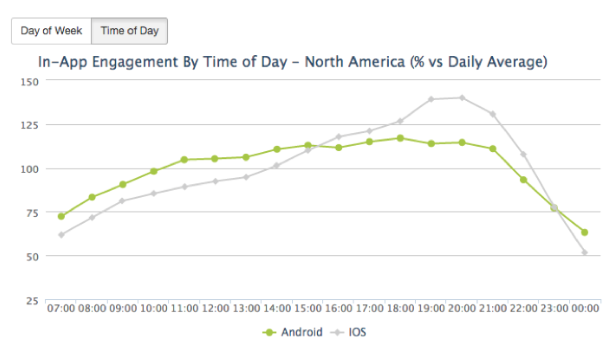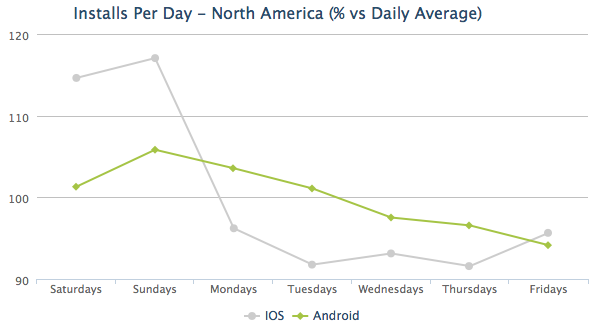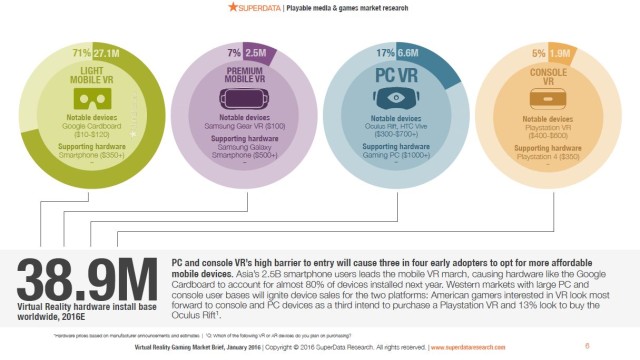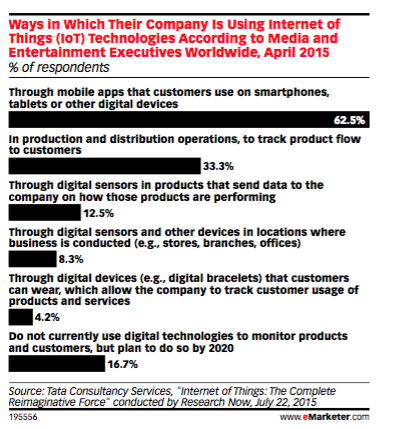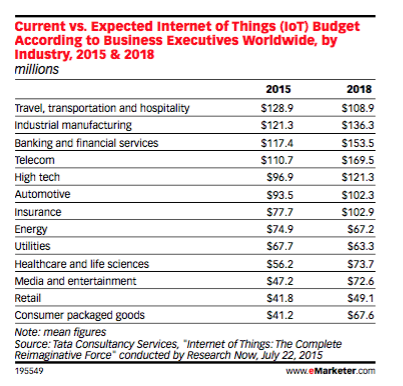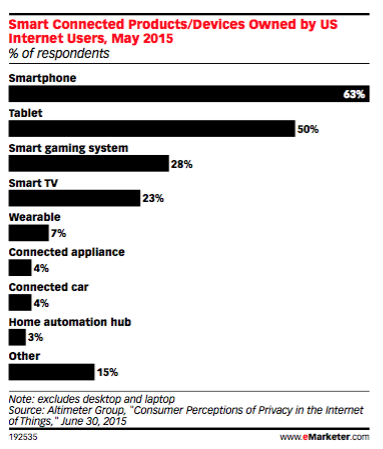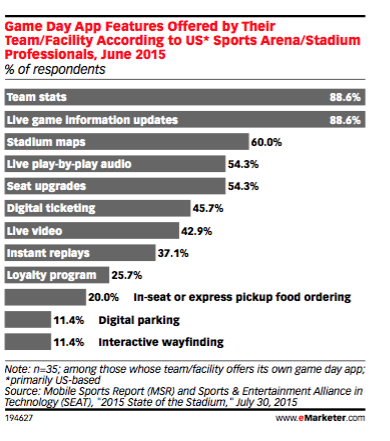Super Bowl 50 was as riveting of a game as watching a gridiron of grass grow. Yes, the showdown was replete with storylines like, is this Peyton Manning’s last rodeo, and, will Cam Newton be coronated?
The only thing that was clear after the confetti had fallen and the Broncos hoisted the Lombardi Trophy was that Manning announced on TV he was going to enjoy a Budweiser – $3 million in free advertising! – and that Newton was back to his sulking ways. Oh … and thanks to Von Miller and Co., it further cemented the notion that defense wins championships!
The milquetoast matchup didn’t detract from the ad game, though. Forty-six companies were vying for big screen attention, paying in the neighborhood of $5 million to be seen with the big boys, but there was a substantial audience to tap into on mobile, too. Content on social was up by 223 percent since 2012, per Adweek. Brands like Marriott, Gatorade, Amazon, Taco Bell and the movie Deadpool, among others, were front and center on Snapchat, either using the “Live Story” channel, or their own accounts to promote content. And there was plenty of quirky humor and positive messages. We asked some of the creative minds at the Ayzenberg Group, a Los Angeles-based ad agency, to opine on Sunday’s non-football proceedings.
Editor’s note: [a]listdaily is the media arm of the Ayzenberg Group.
“What was with all the poo and toenail fungus? Seriously, no one wants that next to their beer, hot dogs and Coca-Cola. Unanimously the social team agreed that, although they may be able to afford the spot, someone should just say no to them buying it. On the positive side, though, I felt the Jeep “Portraits” spot nailed it. The arresting vertical crop images were stark contrast to the typical full screen landscape views and the use of cinemagraph-style subtle motion on some really made it stand out. Also the copy was as powerful and moving as the images. It reminded me of the Dodge “Farmer” ad from a few years back. Also thought Budweiser’s #NotBackingDown spot was dead on target to actually make people want to buy and drink their beer. Strong, take no prisoners visuals and hard hitting music demanded attention and I think that the crowd that drinks Bud will eat it up. Personally I missed the touching puppy and Clydesdale moments but I’ve always doubted that sold beer for them so good on them. However, they should have stopped there and skipped that Helen Mirren #GiveADamn spot that felt way off base as a follow on.”
– Rebecca Markarian, SVP Social & Digital
“Beyonce’s marketing team executed an A-game this year with the most cohesive multimedia campaign. First, they dropped the surprise music video “Formation” on Saturday and during the halftime show Sunday had a cameo performing her new track “Formation.” Then, halftime show immediately followed with the announcement of her World Tour “Formation.” All the while, her Instagram feed (@beyonce) was blowing up with gorgeous black and white photos of the whole show experience that matched the black and white branding for her world tour announcement TV spot. Not to mention, her new music video is super controversial (touching on issues of New Orleans hurricane neglect, police shootings, racism, sexism, slavery, etc.) but she still manages to get that Pepsi and Super Bowl money and reign Queen B of the whole mainstream scene. Pure marketing magic.”
– Shannon Randall, Senior Copywriter
“Puppies always win. The first brand to totally land my Super Bowl ‘puppies always win’ theory was Budweiser, when they stole our hearts and the show in 2014 with Best Buds. They brilliantly followed up with the Lost Dog sequel in 2015, and the best bud also made an appearance. Following the Super Bowl they released a ton of animal training videos and behind the scenes content to their channel. But because you can’t beat puppies in costumes – especially with a notably missing puppy in this year’s Budweiser commercial – these dachshunds won the 2016 Super Bowl, not the Broncos.”
– Casey Reed, Social Strategist
“Marvel’s use of conversational ads, Twitter emojis and sweepstakes to engage fans and promote Civil War won my heart emoticon.”
– Kassi Horn, Associate Director, Social Strategy
